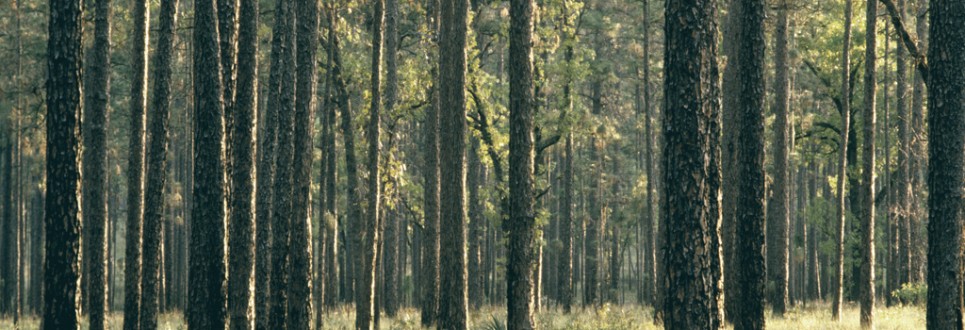 Moving 19th century lumber from the deep South to New York doesn’t appear to have been substantially different than the run from Maine to the city. The ship routes from the South were longer, but the economics may not have been decisive. And the Southern woods had qualities that were hard to match for certain building applications – primarily the large structural timbers of industrial buildings.
Moving 19th century lumber from the deep South to New York doesn’t appear to have been substantially different than the run from Maine to the city. The ship routes from the South were longer, but the economics may not have been decisive. And the Southern woods had qualities that were hard to match for certain building applications – primarily the large structural timbers of industrial buildings.
It was a Southern lumber mill that won the bid (to the chagrin of local mills) for supplying the Pine that was used to construct the Brooklyn Bridge, which used a volume of timber that must have dwarfed any other project on the scene. Just the underwater Caissons, which encased the concrete base of the towers, were eight feet thick and the size of a city block.
Southern Pine framed America’s industrial revolution – it’s mills, warehouses and factories. The woods heavy resinous fibers were ideally suited to this purpose, with great resistance to fire and insects, hardness ratings comparable with Red Oak, plentiful and economical – until those old growth forests, extending from the Carolina’s to Texas and South to the Gulf, were depleted by the 1920’s.
Longleaf pine is native to the southeastern United States, in the Coastal Plain from southeastern Virginia to central Florida and west to eastern Texas. It can grow to 100 feet, and 3 foot diameters. The species has a range of alias’ – no fewer than sixty: Fat Pine, Georgia Pine, tea Pine, sydstaternas gul-tall, longstraw pine sumpf kiefer, and hard pine – to name a few.
Southern Pine is very heavy and strong and stiff, with a straight grain. But it’s thick resin make it difficult to machine. It ranks high in nail holding capacity, so that salvaged Pine can be a dog to de-nail. The heartwood is rated as moderate to low in resistance to decay, and milled properly with a sealant, it performs well for exterior applications. The furniture of Brooklyn Bridge Park is made from salvaged antique Pine that came full circle from decommissioned cold storage buildings on the site.


